Welcome to the fascinating world of mushroom hunting! If you’ve ever wondered whether it’s safe to forage for mushrooms in the rain, you’re in the right place. In this article, we will explore the pros and cons of hunting for mushrooms during rainy weather and provide some helpful tips to ensure a successful and enjoyable experience. So, grab your raincoat and let’s delve into the rainy world of mushroom hunting! Can I Hunt For Mushrooms In The Rain?
Have you ever wondered if it’s safe to go mushroom hunting in the rain? Many people avoid venturing out into the woods on a rainy day, fearing that the mushrooms will be spoiled or that it’s simply not worth the effort. But is there any truth to these concerns? In this article, we’ll explore whether or not it’s a good idea to hunt for mushrooms in the rain and provide some tips for a successful outing. So, grab your rain boots and let’s delve into the world of mushroom hunting in rainy weather!
Benefits of Mushroom Hunting in the Rain
When it comes to mushroom hunting, some people believe that rainy weather can actually be beneficial for finding these elusive fungi. The moisture from the rain helps to create the ideal conditions for mushrooms to grow and thrive. In fact, many species of mushrooms prefer damp, humid environments, making a rainy day the perfect time to go hunting.
Moisture Levels Are Ideal
One of the main advantages of hunting for mushrooms in the rain is that the moisture levels in the soil are at their peak. This means that mushrooms will be more abundant and easier to spot, as they rely on moisture to grow and spread. Additionally, the rain helps to create a damp environment that is conducive to mushroom growth, making it easier for hunters to find a variety of species.
Less Competition
Another benefit of mushroom hunting in the rain is that there is typically less competition from other foragers. Many people prefer to stay indoors on rainy days, which means that you may have the woods all to yourself. This can increase your chances of finding a wide variety of mushrooms without having to compete with others for the best spots.
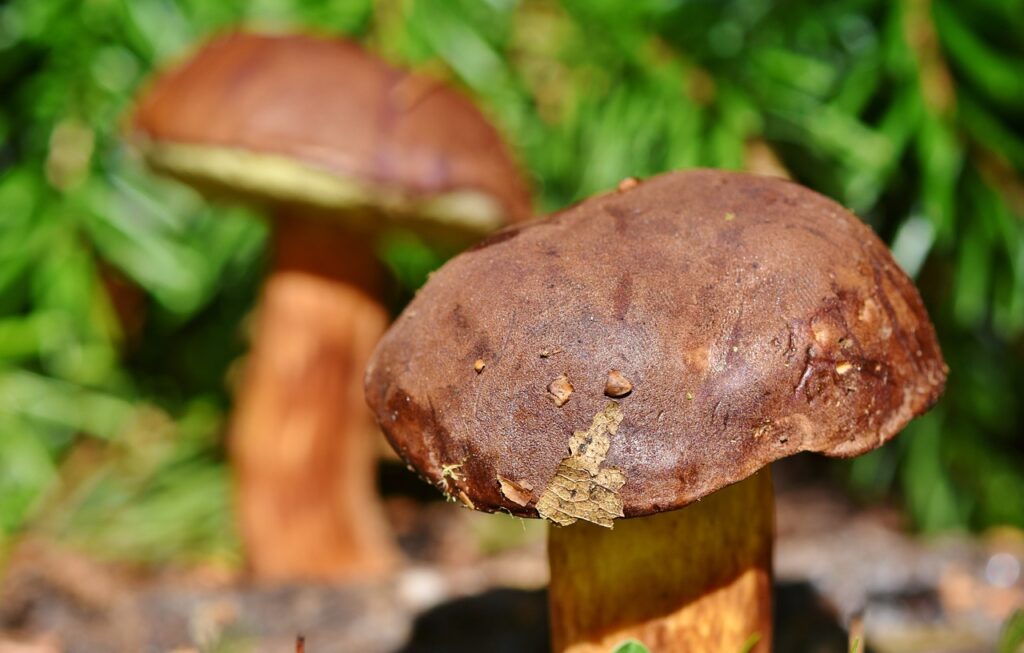
Risks of Mushroom Hunting in the Rain
While there are certainly benefits to hunting for mushrooms in the rain, there are also some risks that you should be aware of before embarking on a rainy day adventure. It’s important to consider these factors before heading out into the woods to ensure a safe and successful outing.
Spoiled Mushrooms
One of the biggest risks of hunting for mushrooms in the rain is the potential for the fungi to become spoiled. Excessive moisture can cause mushrooms to rot and deteriorate quickly, making them unsafe to eat. It’s important to carefully inspect each mushroom that you find to ensure that it is in good condition before adding it to your collection.
Slippery Conditions
Another risk of mushroom hunting in the rain is the slippery conditions that you may encounter in the woods. Wet leaves, mud, and slippery rocks can make for treacherous footing, increasing the risk of slips, trips, and falls. It’s important to wear appropriate footwear with good traction and to take extra precautions when navigating wet and slippery terrain.
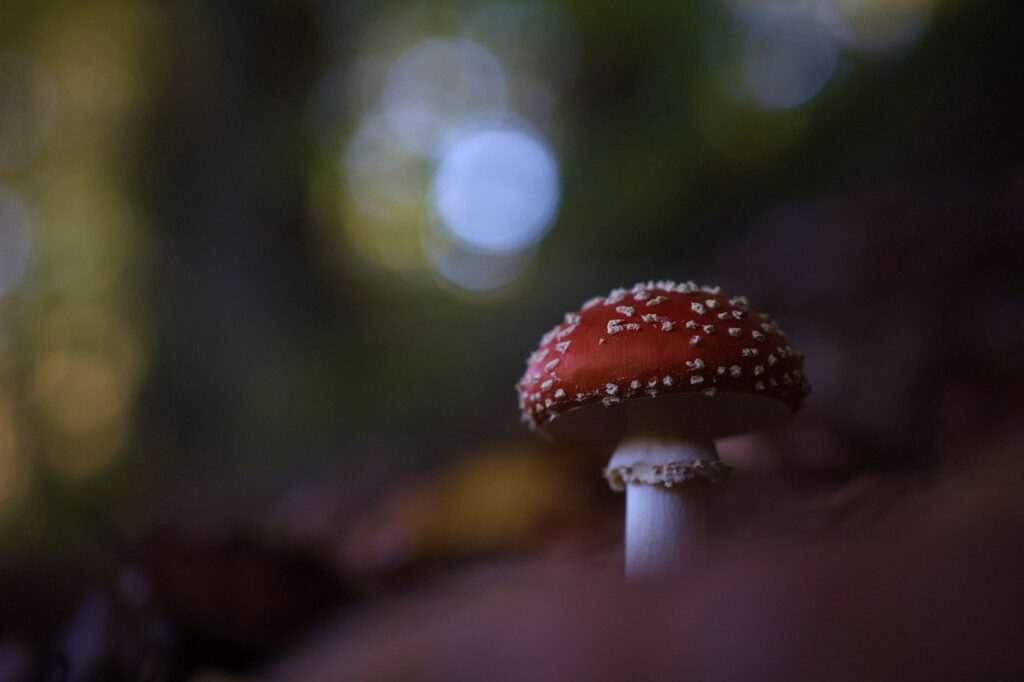
Tips for Mushroom Hunting in the Rain
If you’ve decided to brave the rain and go mushroom hunting, there are a few tips that can help you make the most of your rainy day adventure. By following these guidelines, you can increase your chances of finding a wide variety of mushrooms while staying safe and dry in the process.
Dress Appropriately
When heading out into the woods on a rainy day, it’s important to dress appropriately for the weather. Make sure to wear waterproof clothing, including a waterproof jacket, pants, and boots, to help you stay dry and comfortable throughout your outing. Additionally, consider bringing along an umbrella or a rain poncho to protect yourself from the elements.
Use the Right Tools
Having the right tools on hand can make your mushroom hunting experience much more successful. Consider bringing along a mushroom knife or a small shovel to help you dig out mushrooms from the ground. A basket or a mesh bag is also useful for collecting and storing the mushrooms that you find. Make sure to clean your tools before and after each use to prevent the spread of spores or contaminants.
Be Mindful of Mushroom Identification
Before heading out into the woods to hunt for mushrooms, it’s important to educate yourself on the different species that you may encounter. Some species of mushrooms are toxic or inedible, while others are prized for their culinary and medicinal properties. Make sure to familiarize yourself with the characteristics of each species that you are hunting for and to consult a field guide or an expert if you have any doubts about a particular mushroom.
Leave No Trace
As with any outdoor activity, it’s important to practice Leave No Trace principles when mushroom hunting in the rain. Avoid trampling on fragile vegetation, respect wildlife habitats, and make sure to take all of your trash and belongings with you when you leave. By minimizing your impact on the environment, you can help preserve the natural beauty of the woods for future generations to enjoy.
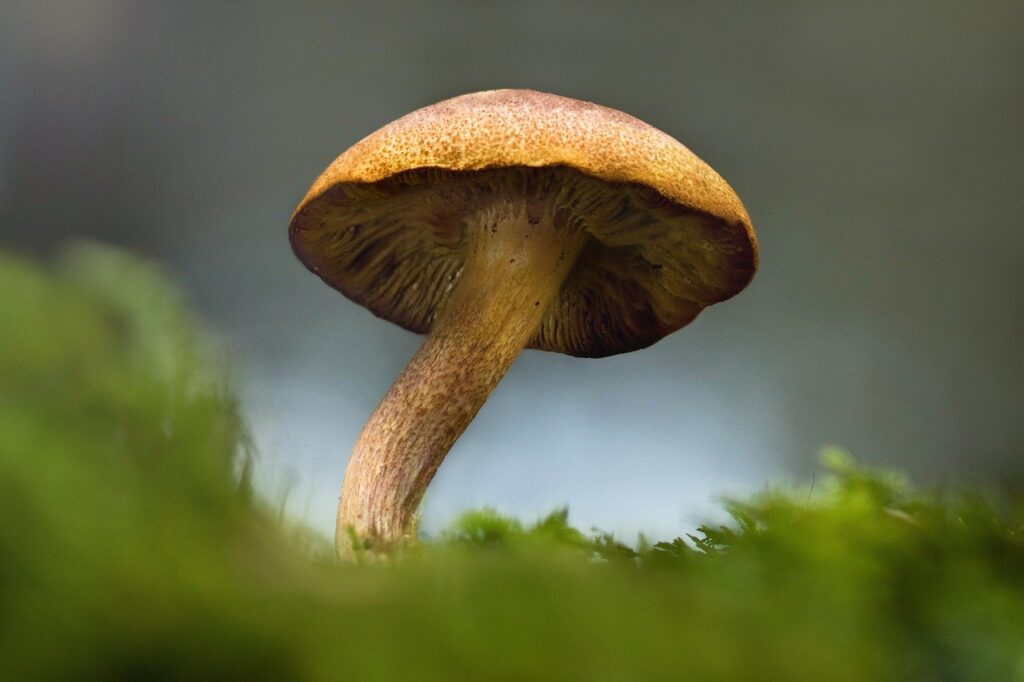
Best Mushroom Species to Hunt in the Rain
Now that you’re prepared to go mushroom hunting in the rain, you may be wondering which species are the best to look for in these damp conditions. While there are many different types of mushrooms that can be found in the woods, some species are particularly well-suited to rainy weather. Here are a few of the best mushroom species to hunt for in the rain:
Porcini Mushrooms
Porcini mushrooms, also known as boletes, are a popular choice for mushroom hunters due to their rich and meaty flavor. These mushrooms are commonly found in coniferous and deciduous forests, especially in late summer and early fall after a period of rain. Look for porcini mushrooms near pine, oak, and birch trees, where they often grow in association with the roots.
Chanterelle Mushrooms
Chanterelle mushrooms are prized for their delicate flavor and golden color, making them a favorite among chefs and foragers alike. These mushrooms can be found in both hardwood and coniferous forests, where they grow in clusters on the forest floor. Chanterelle mushrooms are more abundant in the fall, but they can also be found in the spring and summer after a rainy spell.
Morel Mushrooms
Morel mushrooms are easily recognizable by their distinctive honeycomb-like cap and hollow stem. These mushrooms are highly sought after for their nutty flavor and meaty texture, making them a gourmet delicacy. Morel mushrooms can be found in various habitats, including burned areas, floodplains, and mixed forests. Look for morels in the spring after a period of rain, when they are most likely to fruit.
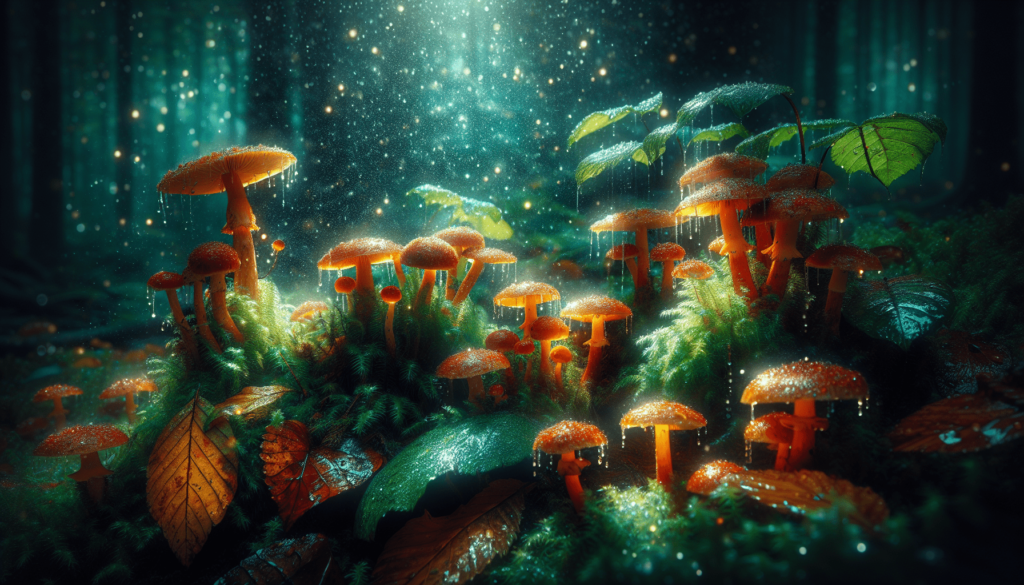
Conclusion
In conclusion, hunting for mushrooms in the rain can be a rewarding and enjoyable experience for nature enthusiasts and foragers alike. While there are certainly risks to consider, such as spoiled mushrooms and slippery conditions, with the right preparation and precautions, you can have a successful outing in the woods. By dressing appropriately, using the right tools, being mindful of mushroom identification, and practicing Leave No Trace principles, you can make the most of your rainy day adventure.
So the next time it’s raining outside, don’t let the weather deter you from going mushroom hunting. Grab your rain gear, head out into the woods, and see what treasures you can find under the damp forest canopy. Who knows, you may just stumble upon a patch of porcini, chanterelle, or morel mushrooms waiting to be discovered! Happy hunting!

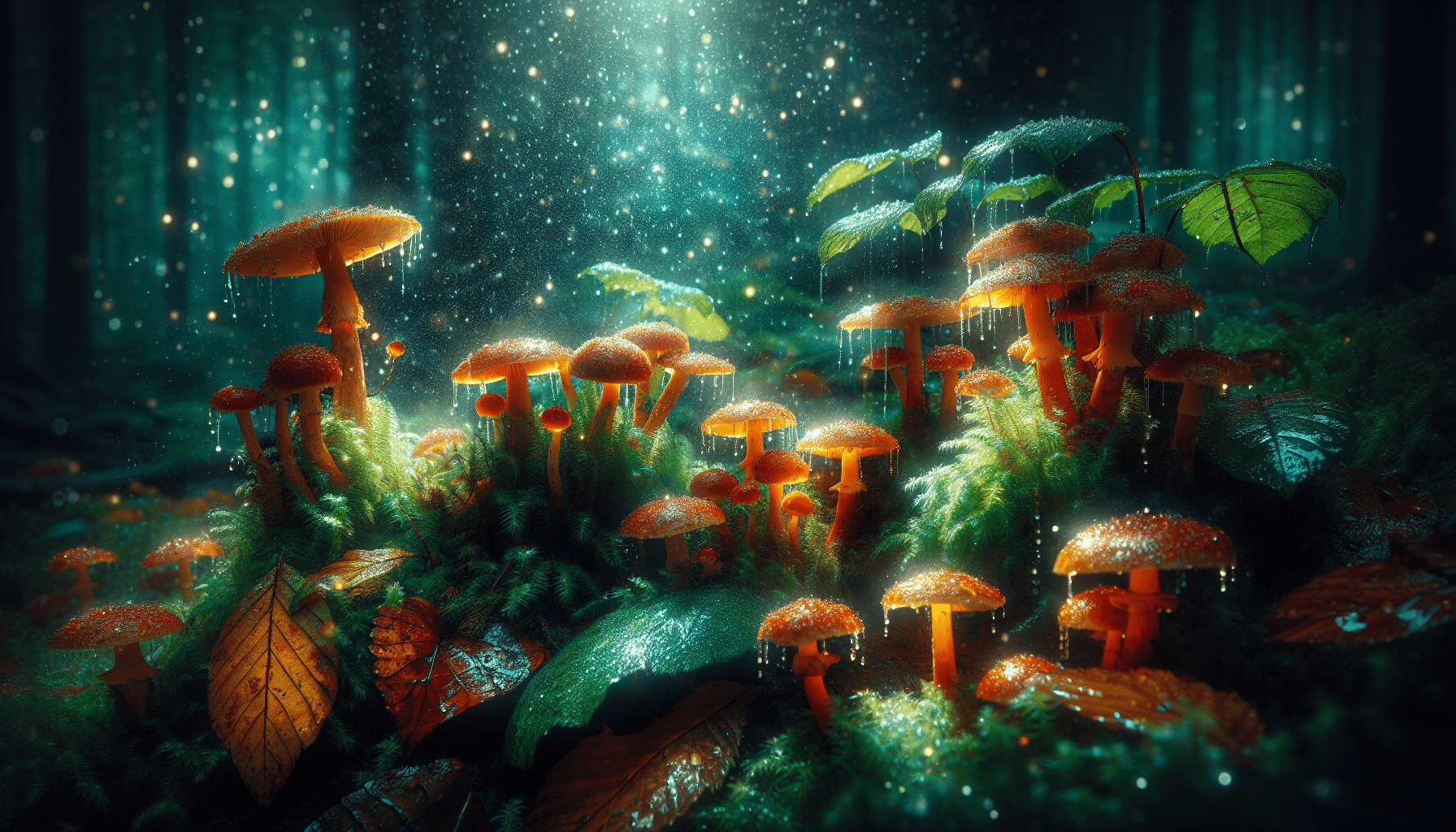

No Responses